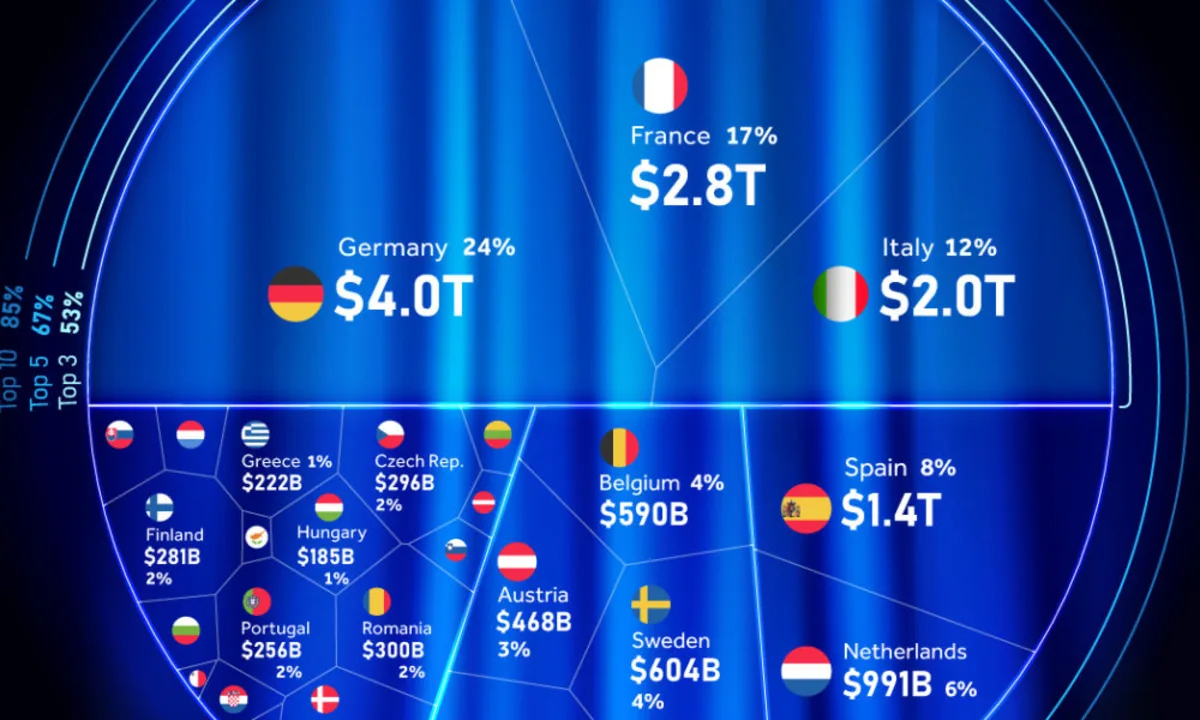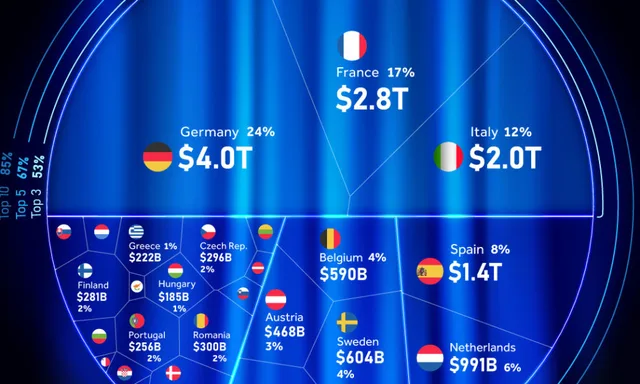
Before WW2, which country had the most powerful economy?
Introduction: Setting the Stage for Economic Powerhouses
Before diving into the country that held the title of the most powerful economy before World War II, it's important to understand the context of the era. The early 20th century was a time of rapid technological advancements and political upheaval, which created the perfect storm for new economic leaders to emerge. In this article, we'll discuss the various factors that contributed to the rise of different economic powerhouses and ultimately determine which country had the most powerful economy before the outbreak of World War II.
The United States: A New Economic Giant
As the 20th century dawned, the United States was quickly emerging as a new economic giant on the global stage. Buoyed by its vast resources, growing population, and innovative spirit, America was rapidly industrializing and expanding its influence in international affairs. The period of rapid economic growth from the late 1800s to the 1920s, known as the Gilded Age, saw the rise of powerful business magnates and massive corporations that would shape the course of the American economy for decades to come.
Great Britain: The Fading Empire
At the turn of the 20th century, Great Britain was still considered the world's leading economic power. However, the nation was facing increasing competition from other countries, particularly the United States and Germany. Britain's industrial dominance was beginning to wane, as the country struggled to adapt to new technologies and maintain its extensive empire. In the years leading up to World War II, the British economy continued to stagnate, further diminishing its global standing in the economic sphere.
Germany: A Rising Industrial Power
In the late 19th and early 20th centuries, Germany was a rising industrial power, with a rapidly growing manufacturing sector that was beginning to challenge the dominance of Britain and the United States. Despite the devastating impact of World War I and the crippling reparations imposed by the Treaty of Versailles, the German economy experienced a period of relative stability and growth during the 1920s, known as the Weimar Republic. However, the Great Depression of the 1930s plunged the country into economic turmoil, setting the stage for the rise of Adolf Hitler and the Nazi Party.
Japan: A Late Bloomer with Ambitions
Japan's economic rise in the early 20th century was remarkable, given that the country had only recently emerged from centuries of isolation and feudal rule. The Meiji Restoration in the late 19th century laid the groundwork for modernization and industrialization, as Japan sought to catch up with the West and establish itself as a major world power. By the 1930s, Japan had become one of the world's leading industrial nations, with a strong manufacturing base and a modern, efficient infrastructure. However, this rapid growth came at a cost, as Japan's imperial ambitions led to a series of conflicts that would ultimately culminate in World War II.
The Soviet Union: A Socialist Experiment
The Soviet Union, formed in the aftermath of the Russian Revolution, represented a bold experiment in socialism and central planning. Under the leadership of Joseph Stalin, the Soviet economy grew rapidly in the 1920s and 1930s, driven by massive industrialization projects and a relentless focus on heavy industry. While this rapid development came at a tremendous human cost, it did succeed in transforming the Soviet Union into a major global power. However, its economic system ultimately proved unsustainable and would eventually collapse under its own weight in the final decades of the 20th century.
Conclusion: The Most Powerful Economy Before World War II
In the years leading up to World War II, the global economic landscape was marked by a shifting balance of power, as new nations emerged to challenge the old order. While several countries experienced periods of impressive growth and development, it is clear that the United States had the most powerful economy during this time. With its vast resources, innovative spirit, and rapidly expanding industrial base, America was well-positioned to dominate the global economy for much of the 20th century. As we have seen, the other major powers of the time - Great Britain, Germany, Japan, and the Soviet Union - each had their own unique strengths and weaknesses, but none were able to match the economic might of the United States before the outbreak of World War II.






